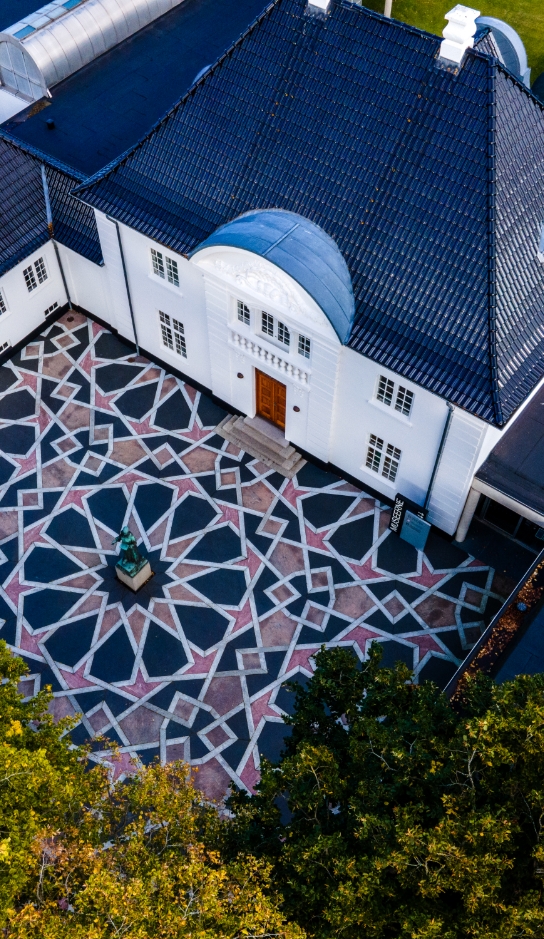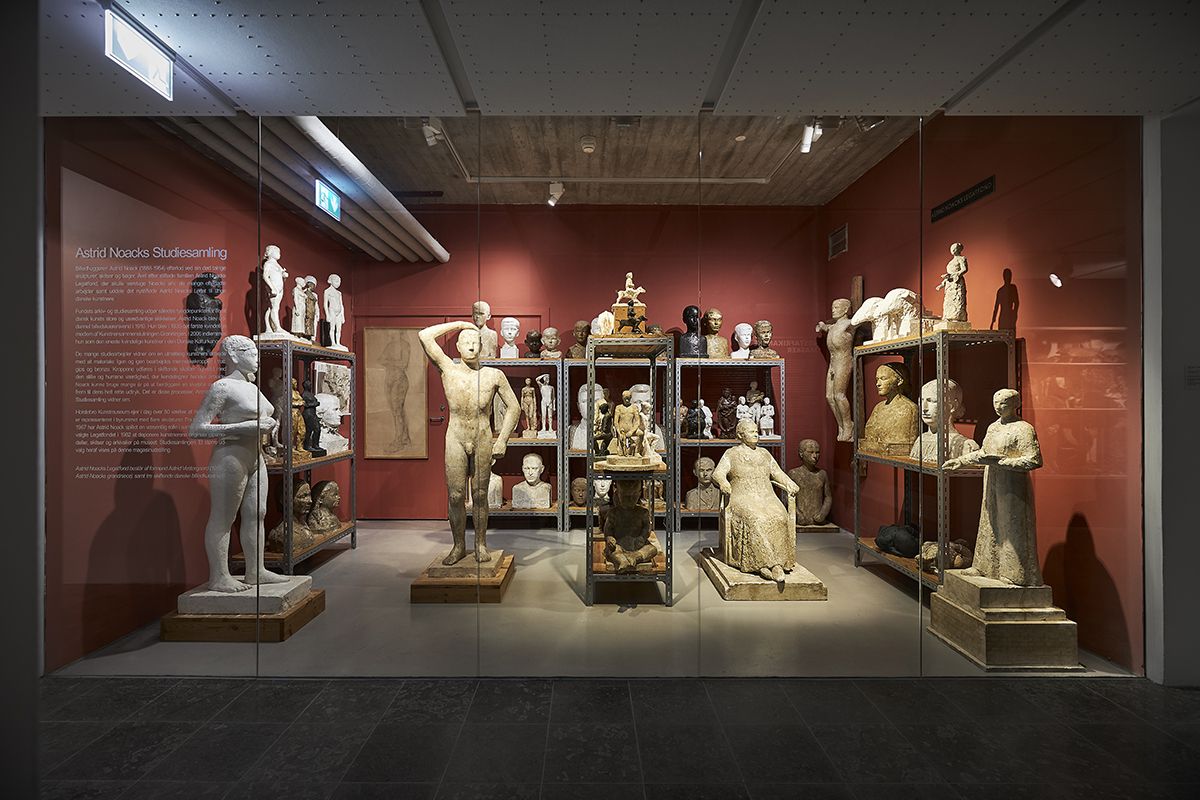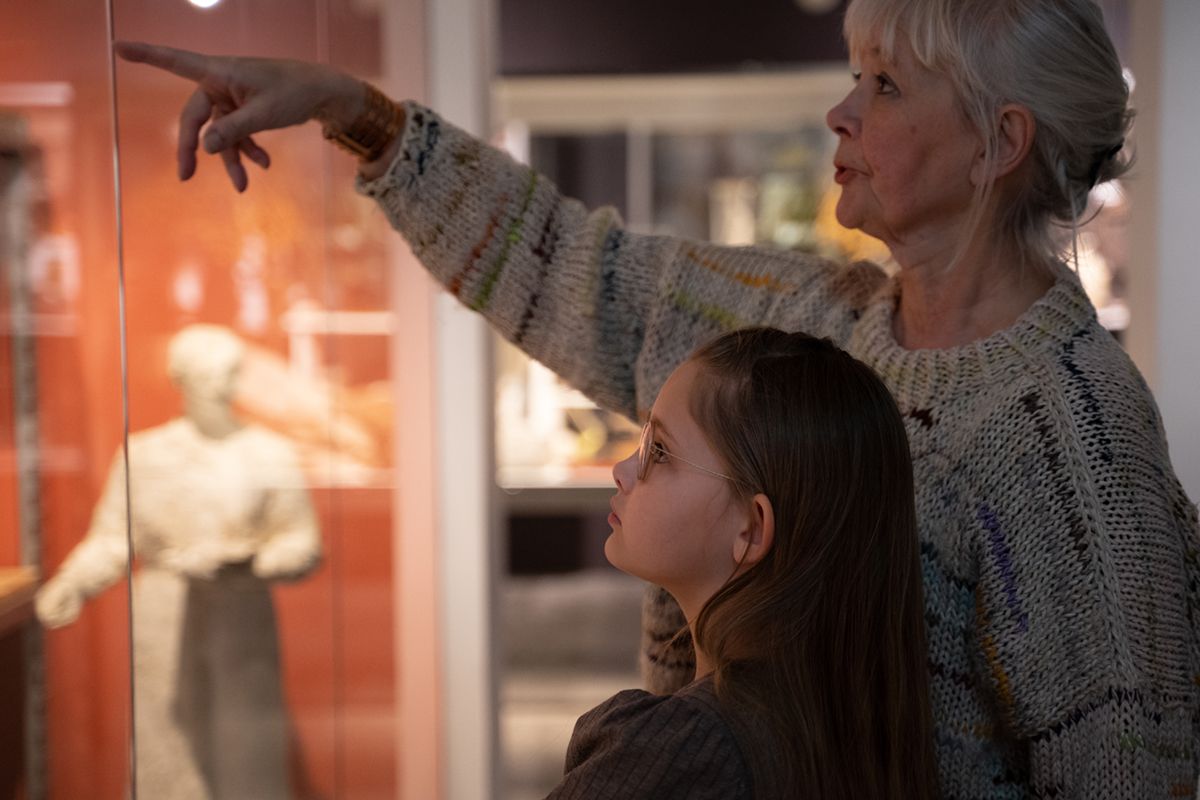The Astrid Noack Study Collection
When she died, the sculptor Astrid Noack (1888-1954) left behind numerous sculptures, sketches and books. The following year, her family set up the Astrid Noack Scholarship Foundation to administer Noack’s estate, look after the many works, and award the newly-established Astrid Noack Scholarship to young Danish artists.Collection
The Study Collection at Holstebro Kunstmuseum
Holstebro Kunstmuseum currently owns more than 50 works by Noack, and she is represented in the urban environment with several sculptures. Astrid Noack has played an important role in the collection ever since the museum’s foundation in 1967, so in 1982, the Scholarship Foundation decided to deposit the artist’s original plaster models, sketches and archives at the museum: the Study Collection. A large selection of these will be displayed in this archive exhibition.
The Astrid Noack Scholarship Foundation
The Astrid Noack Scholarship Foundation was founded in 1955, the year after the artist’s death. The purpose of the foundation is to manage Noack’s legacy by honouring young Danish sculptors through the award of scholarships – and thereby support the development of the Danish sculpture tradition.
The Astrid Noack Scholarship Foundation has awarded the scholarship since 1956. The first recipient was the renowned Danish sculptor and close friend of Noack, Erik Thommesen (1916-2008). Since 1983, the scholarship has been awarded at Holstebro Kunstmuseum, and since 1985, the recipients have also been given an opportunity to exhibit at the museum.
Artists in Holstebro Kunstmuseum's collection who have received the scholarship include: John Olsen (1993), Martin Erik Andersen (2002), Emil Westman Hertz (2012) and Marie Lund.
Noack and Holstebro
Astrid Noack has been a central figure in the collections of Holstebro Kunstmuseum ever since its inception in 1967. The museum’s first director, the art historian and writer Poul Vad, was a diligent collector of her works, the expressive, stylised and powerful lines of which he regarded as a principal tendency in Danish sculptural history. Since then, Noack’s artistic starting point in the human body has been an important reference point in the museum’s collection, which today includes more than 50 works by the artist.
The link between Holstebro Kunstmuseum and Astrid Noack was further reinforced in 1982, when the Scholarship Foundation decided to deposit a large number of the artist’s original plaster models, sketches and archives at the museum: the Astrid Noack Study Collection.
Her many studies testify to the work of an indefatigable artist with her material: over and over again, the human body is processed in wood, plaster and bronze. The figures are produced in varying scales – and always with the silent, humane dignity that characterises her work.



